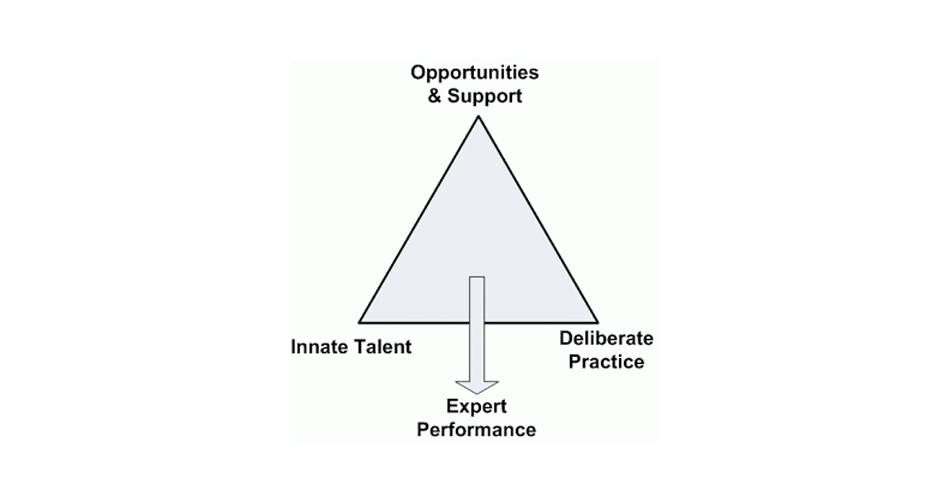Is Talent Identification BS?
Yes, talent ID is bullshit! There, I’ve said it. Not because there is no talent, but because we are unable to predict it. I believe that most talent ID and development programs are waste of money and maybe counterproductive in actually developing the talent.
The general idea of talent ID is flawed: what we are trying to do is to identify the talented few early on and invest time and resources into them with the goal of developing sporting excellence. But utilizing this via Positiva approach might actually be the bad strategy.
I am not the first to propose via Negativa approach, but will outline some of my thoughts here. First of all, talent ID and development should work (1) by increasing participation and (2) reducing drop-outs. In other words, we identify talent and develop it by avoiding screwing it. Via Negativa
I usually refer to Nassim Taleb concepts of upside and downside, and this could be applied to talent ID as well. Using the via Negativa approach, we mostly want to protect from the downside (in this case reduced participation, drop-outs and general low level of fitness of the nation) and let the upside take care of itself (emerging talent of exceptional performance).
Unfortunately, now we have it almost the opposite. We create these elitist academies and sport schools and institutionalization in general, where we beat the dead horse with coaches-guided deliberate practice, drilling, early specialization, adult pressure and ludic fallacy of commercialized LTAD (long term athlete development) plans.
“Such programmes are characterized by the long-term goal of achieving elite performance; unfortunately, this is often at the cost of short-term gratification and enjoyment”.
I guess the famous Taleb’s barbell strategy can be applied here as well:

We need to invest mostly in safe and low risk domain in which we raise the national level of life-long sports and fitness participation, reduce the drop-out rates and improve personal development through physical activity and sports (and diversification). This way we protect from the downside first. After this is achieved we can make high risk, but big payoff investments – for example in particular individuals and prospective sports and/or groups. This is the upside. Our national talent ID programs investments should follow the above barbell strategy.
The recent very interesting paper by Jean Côté and David Hancock Evidence-based policies for youth sport programmes covers recommended strategies in achieving the above goals. What they propose is focusing on early diversification, deliberate play (rather than deliberate practice) and raising the overall sports participation, as well as focusing on short-term goals of enjoyment and fun, rather than on LTAD bullshit. This is a highly recommended paper to read.
Another thing to ponder is the concept that talent needs trauma. This might go against the above suggestions, but something that needs to be considered. Sometimes I wonder if all this touchy feely interventions of making it easy for the kids is actually detrimental. This could be applied to schools and education as well. This will definitely rise the floor(or the average) and will probably increase the number of high performers, but I wonder if this will kill those 0.001% highest performers who actually need trauma and the hard way. I am not able to give the answer to this puzzle. Maybe all of these funded programs, maintained grass fields and clean dressing rooms are actually making it too easy for those extremely potent individuals by making it too easy for them and decreasing their grit and struggle.
This also brings me to the idea of centralized programs and talent id. For example, certain countries develop centralized academies and institutes that coordinate the work of clubs and schools. Using Nassim Taleb logic again, this might be too risky – it is far better to distribute the decision making to the small schools, rather than prescribing centralized programs that needs to be followed. The point of centralized institutions is in providing education for the coaches, providing money and centralizing data. It is more about servant leadership in this case: removing obstacles for the smaller schools and clubs and making their work easier, rather than demanding certain LTAD approach.
I highly suggest checking Antifragile book by Nassim Taleb to gain more insight on his critique of centralized institutions and risk.











Responses